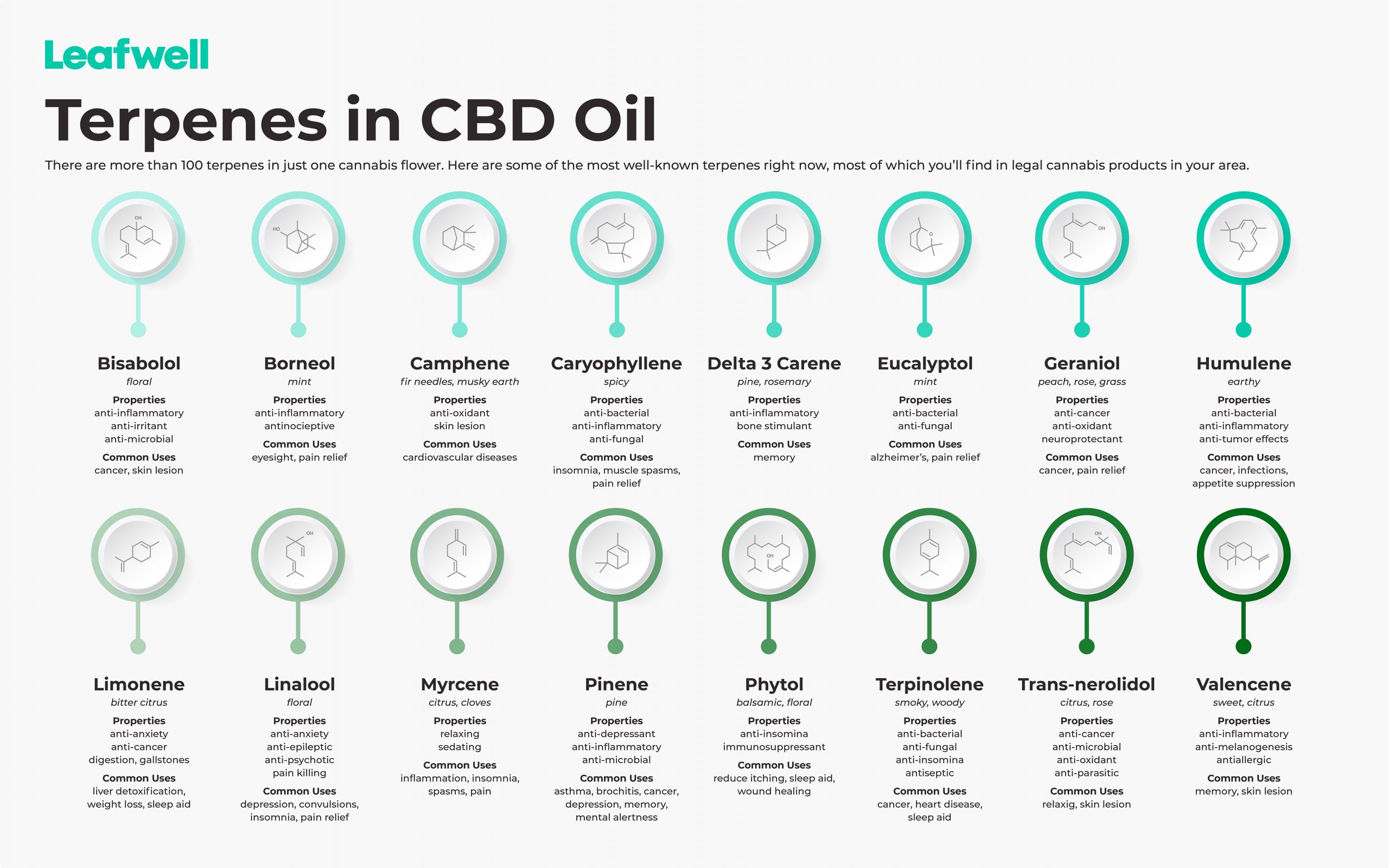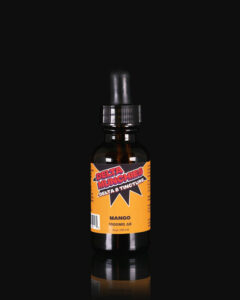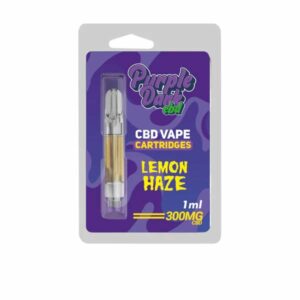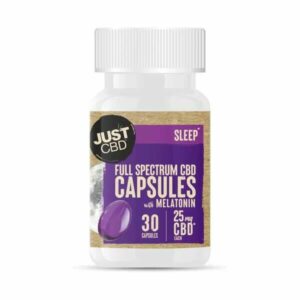What are terpenes? Can terpenes be found in CBD oil? How effective are terpenes when composed in CBD oil? How effective is CBD oil that contains Terpenes? This article explains terpenes that are contained in CBD oil.
Terpenes exist naturally in plants like vegetables, fruits, flowers, and herbs. Alongside terpenes, the cannabis plant contains flavonoids, fatty acids, tetrahydrocannabinol, cannabinol (CBN), cannabidiol (CBD), and cannabigerol (CBG). CBD isolates contain cannabidiol contents purely, while the full spectrum has all cannabis compounds, including terpenes. Additionally, broad-spectrum contains similar constituents as full-spectrum except THC. Get more about terpenes in CBD oil here.
Cannabis plants have specific terpene concentrations beside cannabinoids to enhance cannabidiol (CBD) health benefits. Cannabidiol oil is extracted from hemp or marijuana, the two variants of the cannabis plant. Furthermore, CBD oil comes in various extracts like isolates, full and broad-spectrum. CBD isolates contain cannabidiol contents purely, while a full spectrum contains all cannabis compounds, including terpenes. Also, the broad spectrum has all cannabis constituents except THC. Follow this article to understand more concerning terpenes in CBD oil.
What are terpenes?
Cannabis plants have above 500 cannabinoid compounds, where approximately 140 belong to the terpenes family. According to Mudge et al. (2019), terpenes are natural chemical compounds that generate aroma in various plants besides Cannabis. Terpenes contribute to the unique taste and smell experienced in different plants. According to Booth et al. (2020), numerous terpene compounds exist globally, but about 140 exist in hemp plants. Nonetheless, a limited number of terpenes have high concentrations, making them beneficial to human health. Thus, terpenes are highly demanded in the CBD market because they offer additional therapeutic benefits. While investigating the terpene’s impact on the human brain and body, positive results were found by individuals. People have used this aromatic compound for centuries for its natural effects.
Are Terpenes Similar to Terpenoids?
Terpenoids and terpenes have distinct chemical structures. Terpenoids occur when cannabis buds are cured and dried. These processes adjust as molecules transform. The compounds are enriched with various ingredients to develop spices, perfumes, and essential oils. According to Ferber et al. (2020), terpenoids serve an essential purpose in regulating the cannabinoid effects like THC and CBD. In addition, they can lower or increase the duration and potency of impacts emanating from cannabinoids alongside offering buds with unique flavors and smells; thus, terpenes are the living and fresh terpenoids’ versions. An active cannabis plant produces numerous terpenes synthesized in resinous glands or trichomes.
Are Terpenes Safe?
Terpene compounds have oils that promote flavors and fragrances in distinct products. Also, they provide massive positive impacts on human health. McKinley (2022) explained that they elevate norepinephrine activity and dopamine levels, positively affecting your mood. Furthermore, their side effects are mild, meaning people can consume them safely. Some individuals might have allergies to certain terpenes. These molecules might only induce allergies when exposed to the atmosphere. Therefore, if individuals experience nose bleeding after wafting specific fragrances, it may signify an allergic reaction.
Types of Terpenes in Cannabidiol Oil
Terpenes create alluring cannabis plant aromas, although they have complementary impacts on cannabidiol. Thus, individuals choose full-spectrum cannabidiol oil over cannabidiol isolate. Full-spectrum formulations contain those whole-plant chemical components and have more liable effects and doses. The following are the top abundant terpenes in cannabidiol oils.
Limonene
Limonene exists naturally in citrus fruits zest like lemon and orange alongside many refreshing scents. It contains antifungal properties implying it assists stressed people and lowers irritation. Incorporating limonene into cannabidiol oil improves the terpene’s absorption rate.
Pinene
Pinene is present in some citrus fruits and pine needles. Shen et al. (2018) explained that pinene has a bronchodilator, anti-inflammatory, and antibacterial properties.
Myrcene
Myrcene contains a fruity, earthy, and intense aroma. This natural compound exists abundantly in cannabis plants. Though myrcene terpene has the smallest size, the compound provides convenient mechanisms for cannabinoids entering the blood-brain blockade, thus escalating their potency. Consumers become relaxed, hence causing drowsiness feelings. Evidence reveals that myrcene has antibacterial properties which function to lower physical discomfort.
Linalool
Linalool generates a sensitive floral fragrance and exists prevalently in chamomile and lavender. Manufacturers enrich cannabidiol creams with linalool, aiming to acquire a desirable scent. Alternatively, producers might incorporate linalool into cannabidiol oil to attain a better profile.
Caryophyllene
Caryophyllene exists naturally in broccoli, cinnamon, cloves, and black pepper. Caryophyllene, also called dietary cannabinoid, is among the most reliable terpenes because it can interact with cannabinoid receptors in the same mechanism as cannabinoids. During the process, caryophyllene addresses discomfort and generates anti-inflammatory effects.
Bisabolol
Bisabolol terpenes have a significant fragrance and come with soothing effects. Candeia and chamomile plants contain this terpene in abundant measures. Beauty industries utilize this terpene compound to manufacture different skincare extracts. Currently, scientists revealed that bisabolol contributes to cannabis health benefits. Felhi et al. (2017) stated that the compound delivers anti-inflammatory and anti-microbial effects.
Entourage Effects in CBD Oil
Flavonoids, terpenes, and cannabinoids work synergistically to produce entourage effects. Also, when they exist together in dried cannabis flowers or cannabis extracts, they improve THC and CBD health benefits. Notably, the mentioned compounds decrease effectiveness when utilized alone. Nonetheless, the entourage effect does not materialize only between terpenes and Cannabis, but it interrupts trippy impacts resulting from higher THC amounts. However, it generates positive effects in individuals who require high THC doses but cannot tolerate its intoxicating properties. According to Shannon & Opila-Lehman, (2015), THC promotes CBD’s anti-inflammatory and relaxing properties, thus enabling CBD to shun irregular dose-response. Generally, full-spectrum products function better than isolate-related products, especially in their therapeutic benefits.
Conclusion
Terpenes are naturally occurring aromatic chemical compounds in various plants besides Cannabis. Researchers and psychopharmacologists interested in cannabis effects have investigated various terpene aspects significantly, and evidence has shown these compounds elevate norepinephrine activity and dopamine levels, positively affecting your mood. These compounds have a notable influence on botanical extracts and dried buds. Terpenes reveal how Cannabis generates therapeutic effects. Also, helps consumers understand terpenes’ significance in boosting cannabidiol to deliver full potential effects. However, people with plant allergies are discouraged from using terpenes because it might cause negative effects. Unlike isolates, full and broad-spectrum CBD oil contains numerous cannabis compounds, including terpenes. Therefore, choose wisely to achieve your health goals.
References
Booth,Yuen, Jancsik, Madilao, Page, & Bohlmann, (2020). Terpene synthases and terpene variation in Cannabis sativa. Plant Physiology, 184(1), 130-147.
Felhi, S., Chaaibia, M., Bakari, S., Mansour, R. B., Békir, A., Gharsallah, N., & Kadri, A. (2017). Anti-microbial screening and cytotoxic activity of aerial part of Thymelaea hirsuta L. essential oil growing in southwest Tunisia. Pakistan Journal of pharmaceutical sciences, 30(1).
Ferber, Namdar, Hen-Shoval, Eger, Koltai, Shoval, & Weller, (2020). The “entourage effect”: terpenes coupled with cannabinoids for treating mood disorders and anxiety disorders. Current Neuropharmacology, 18(2), 87-96
Mudge, Brown, & Murch, (2019). The terroir of Cannabis: terpene metabolomics as a tool to understand Cannabis sativa selections. Planta Medica, 85(09/10), 781-796.
McKinley, R. L. (2022). Marijuana, a Journey through the Endocannabinoid System: Unmasking the Paradoxical Effect-Part 1.
Shannon, & Opila-Lehman, (2015). Cannabidiol oil for decreasing addictive use of marijuana: a case report. Integrative Medicine: A Clinician’s Journal, 14(6), 31.
Shen, Y., Huang, S., Kang, J., Lin, J., Lai, K., Sun, Y., … & Wen, F. (2018). Management of airway mucus hypersecretion in chronic airway inflammatory disease: Chinese expert consensus (English edition). International journal of chronic obstructive pulmonary disease, 13, 399.
Ksenia owns her own dermatology clinic in London and is a nutritionist consultant. Ksenia is also a regular contributor to popular media outlets. In her spare time, she enjoys horse riding, clay pigeon shooting, rummaging in vintage stores and countryside walks.
[email protected]
- Comprehensive Review of Top CBD Salves for Optimal Results - July 22, 2023
- Kratom Powder Adventures: A Fun User’s Guide to Just Kratom Store’s Finest Strains - July 21, 2023
- Can You Use CBD Oil for OCD? - January 9, 2023












![Vista Edge [Avocado]](https://acushnetvapor.com/wp-content/uploads/2023/10/Vista-Edge-Avocado-300x300.webp)




